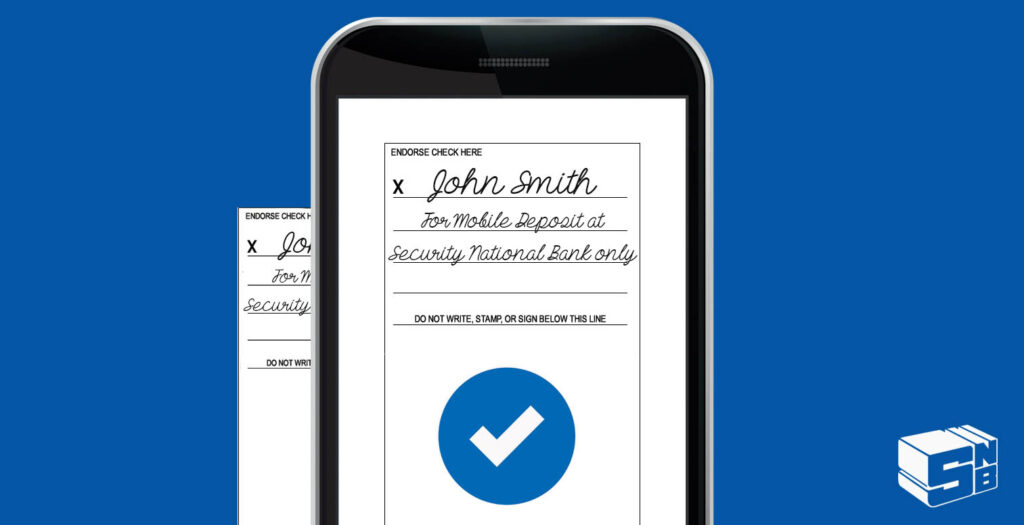
Mobile check deposit has revolutionized banking, allowing you to deposit checks from the comfort of your home or on the go. With a few taps on your smartphone, you can capture an image of the check and send it to your bank for processing. However, this digital convenience raises a common question: what do I do with the original check after mobile deposit?
This article will delve into the best practices for handling original checks after mobile deposit. We’ll explore the recommended actions, factors to consider, and potential implications of keeping or discarding these paper documents. By following the guidelines outlined here, you can ensure a smooth and secure banking experience.
Mobile Check Deposit
Mobile check deposit is a convenient and efficient way to deposit checks without visiting a physical branch. Most banks offer this service through their mobile banking apps, which typically involve taking a clear image of both sides of the check using your smartphone’s camera.
Once captured, the app will process the information from the check, including the payee, amount, and account details. You can then review the deposit information and submit it to your bank for processing. Mobile check deposits are generally processed within one to two business days, although some banks may offer instant deposit options depending on your account type and the amount deposited.
What To Do With Original Checks
After successfully depositing a check using your mobile banking app, you’ll be left with the original paper check. While it’s tempting to simply discard it, there are several factors to consider before doing so. Your bank may have specific guidelines regarding the handling of original checks after mobile deposit, so it’s essential to consult their policies for clarification.
Some banks recommend retaining the original check for a period of time as a record, while others may allow you to discard it once the deposit clears. Ultimately, the decision of what to do with the original check is up to you, but it’s important to weigh the potential benefits and risks before making a choice.
Bank Recommendations
Many banks recommend retaining the original check for at least 30 days after the mobile deposit has cleared. This provides a safety net in case of any discrepancies or disputes regarding the transaction.
If you choose to retain the check, it’s best to store it securely in a designated location, such as a file folder or safe deposit box. Ensure that the checks are organized and easily accessible for future reference.
Retaining Checks as Records
Keeping original checks can serve several purposes beyond potential dispute resolution. They provide a tangible record of your financial transactions, which can be helpful for budgeting, tax preparation, and other financial planning activities.
Having physical copies of checks can also be useful if you need to verify specific details about a transaction or if you encounter any issues with your bank records.
Clearing Deposits
Once a mobile check deposit has cleared, the funds are typically available in your account for use. The clearing process usually takes one to two business days, but it can vary depending on factors such as the amount deposited and your bank’s policies.
You can typically track the status of your mobile check deposits through your bank’s mobile app or online banking platform.
Conclusion
Mobile check deposit offers a convenient and efficient way to manage your finances. When handling original checks after mobile deposit, it’s crucial to follow your bank’s recommendations and consider factors such as potential disputes, record-keeping needs, and personal preferences. By taking these steps, you can ensure a secure and organized banking experience.
